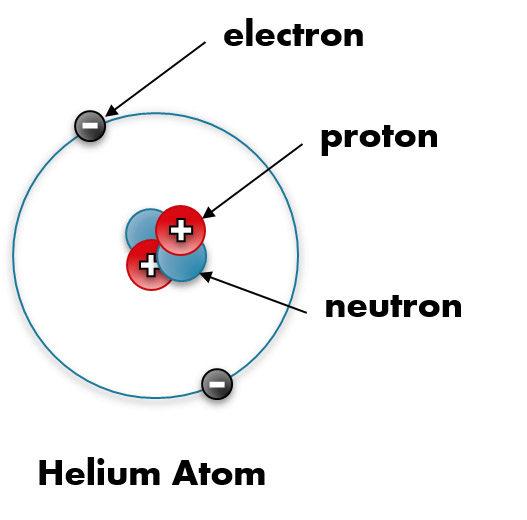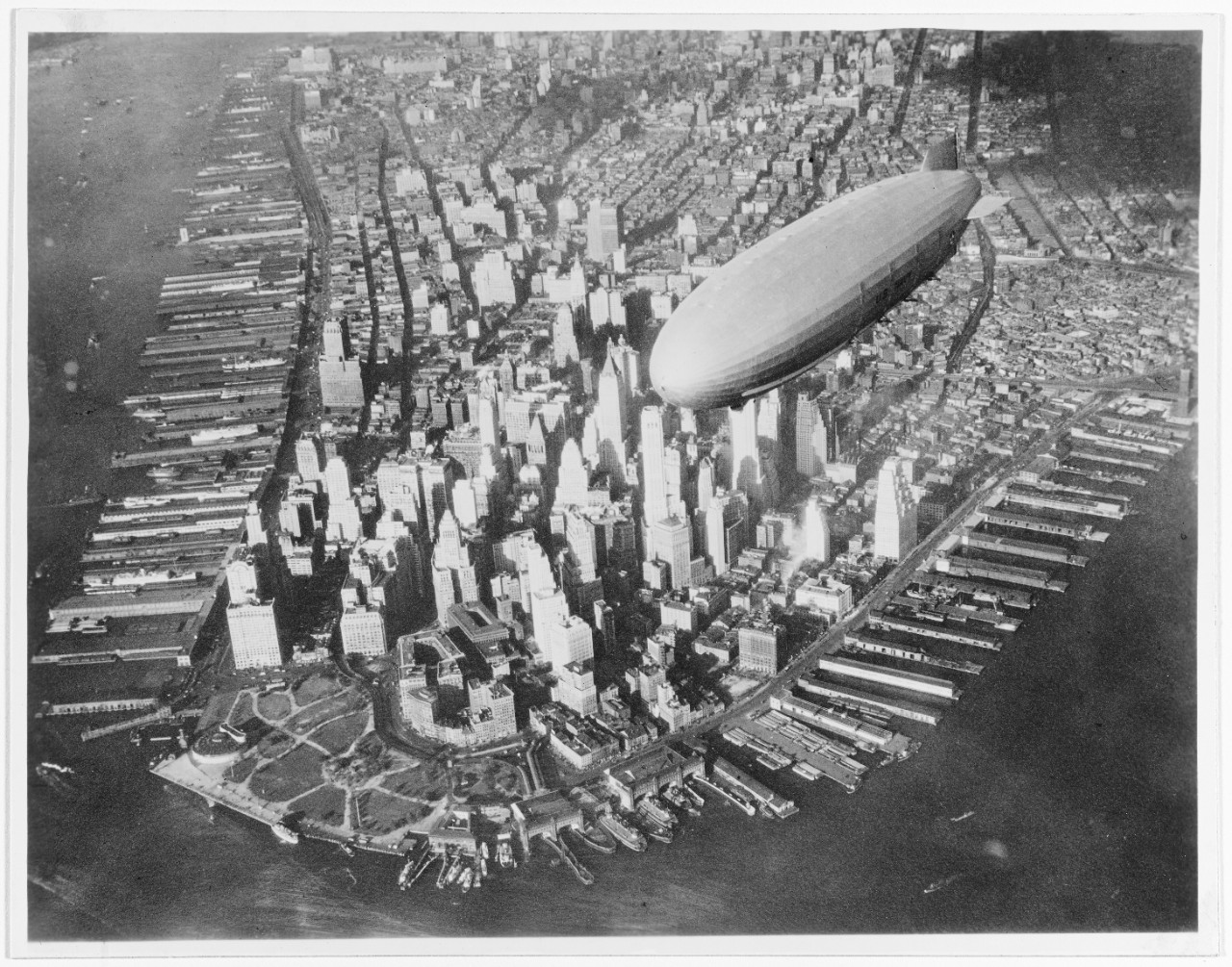
No. 3245: HELIUM, THE UP-LIFTING ELEMENT
HOUSTON, TEXAS -
Today, Helium, a noble gas. The University of Houston presents this series about the machines that make our civilization run, and the people whose ingenuity created them.
Helium is the second most abundant element in the universe. Helium is composed of two electrons, two protons, and usually two neutrons. It is a colorless, odorless, inert gas. Helium is a byproduct of both fusion and fission. In 1868, Helium was first detected in the sun's spectrogram. Its name is derived from the Greek word, 'helios' meaning sun.

Photo Credit: PNGHUT.
Helium's mass is 2nd only to Hydrogen. Its atomic number is 2. Its boiling point is nearly absolute zero. Like Hydrogen, Helium is lighter than Nitrogen and Oxygen, the main gases in our atmosphere. This makes them buoyant, lighter-than-air. Helium is so light, that when it escapes that party balloon, it migrates upwards, beyond even the space station. Earth's gravity is not strong enough to keep it inside our atmosphere.
In 1903, a Kansas gas well produced a geyser that would not burn. Helium was found outside of the laboratory. Despite its rarity on Earth, Helium is concentrated in large quantities under the American Great Plains. For millions of years inside the Earth's mantle, natural radioactivity bombarded gas reservoirs stripping away elements, protons, neutrons to the barest, leaving Helium trapped inside gas pockets.

Photo Credit: Helium Centennial Time Columns Monument
These gas concentrations enabled the United States to have a world monopoly on Helium. The 1925 Helium Act set up the National Helium Reserve in Texas, making Amarillo the Helium Capital for the World. The Act banned the export of Helium. The U.S. would not sell this strategic element to anyone, not the British, not the French, and not the Nazis. Only US airships could use Helium with the advantage of its safety. The Hindenburg fiery crash is known to everyone. But, it would not have happened, if the Germans could have used Helium instead of explosive Hydrogen.

Photo Credit: USN - U.S. Navy Naval History and Heritage Command..
Today's Helium shortages are not its availability. We lose more than 99% by not separating it during natural gas production. The Helium still mixed in the stove gas escapes when we boil water for our coffee. Helium has two possibilities. Use it and lose it. Or, just lose it. Modernizing gas production for Helium could eliminate shortages. This will be useful for deploying modernized airships for delivering global air cargo with clean and green sustainable lighter-than-air technology. Creating an alternate future using a noble gas for a noble purpose.

Photo Credit: World Air League.
This article covers the basic facts about Helium.
Helium was first discovered by astronomers during a total solar eclipse.
Helium is word brought to you by a solar eclipse with a little help from Greek.
This is a short biography of Sir William Ramsay, the the British chemist that discovered the noble gases.
This is a link to a pdf on the remarkable gas well discovery that first found Helium was trapped inside the Earth.
This is a primer on the producing Helium from natural gas.
This is the Helium Act of 1925 that declared Helium to be a strategic element for use on by the United States.
Amarillo, Texas is the Helium capitol of the world.
The Hindenburg crash was actually much less of a disaster than news reels portrayal.
This article describes that the shortage of Helium is caused by wasting it and letting it escape.
This website is dedicated to the World Sky Race, a race of Helium filled airships that will circle the planet.
This episode was first aired on January 12, 2021
1988-2021 Copyright © The Engines of Our Ingenuity.